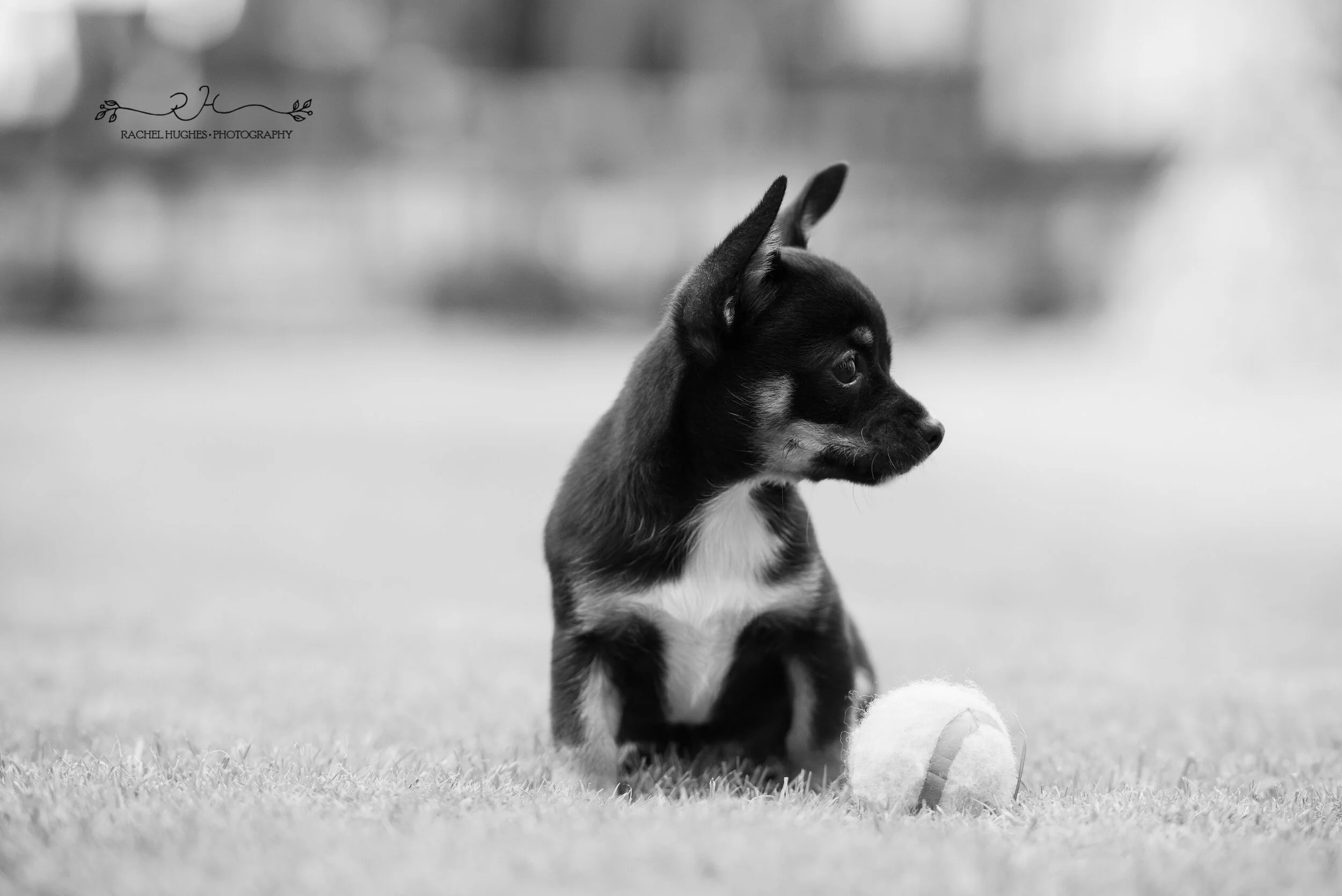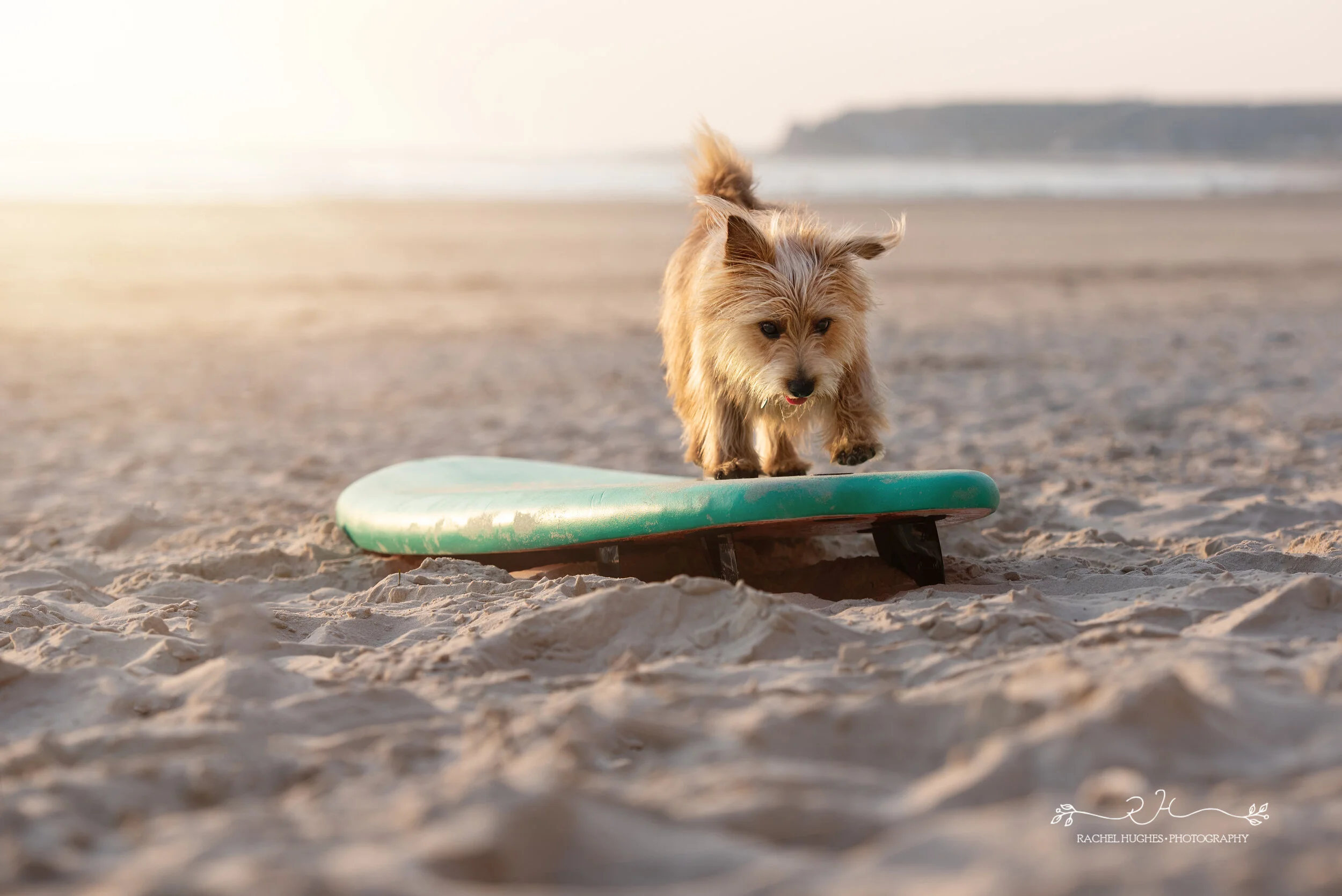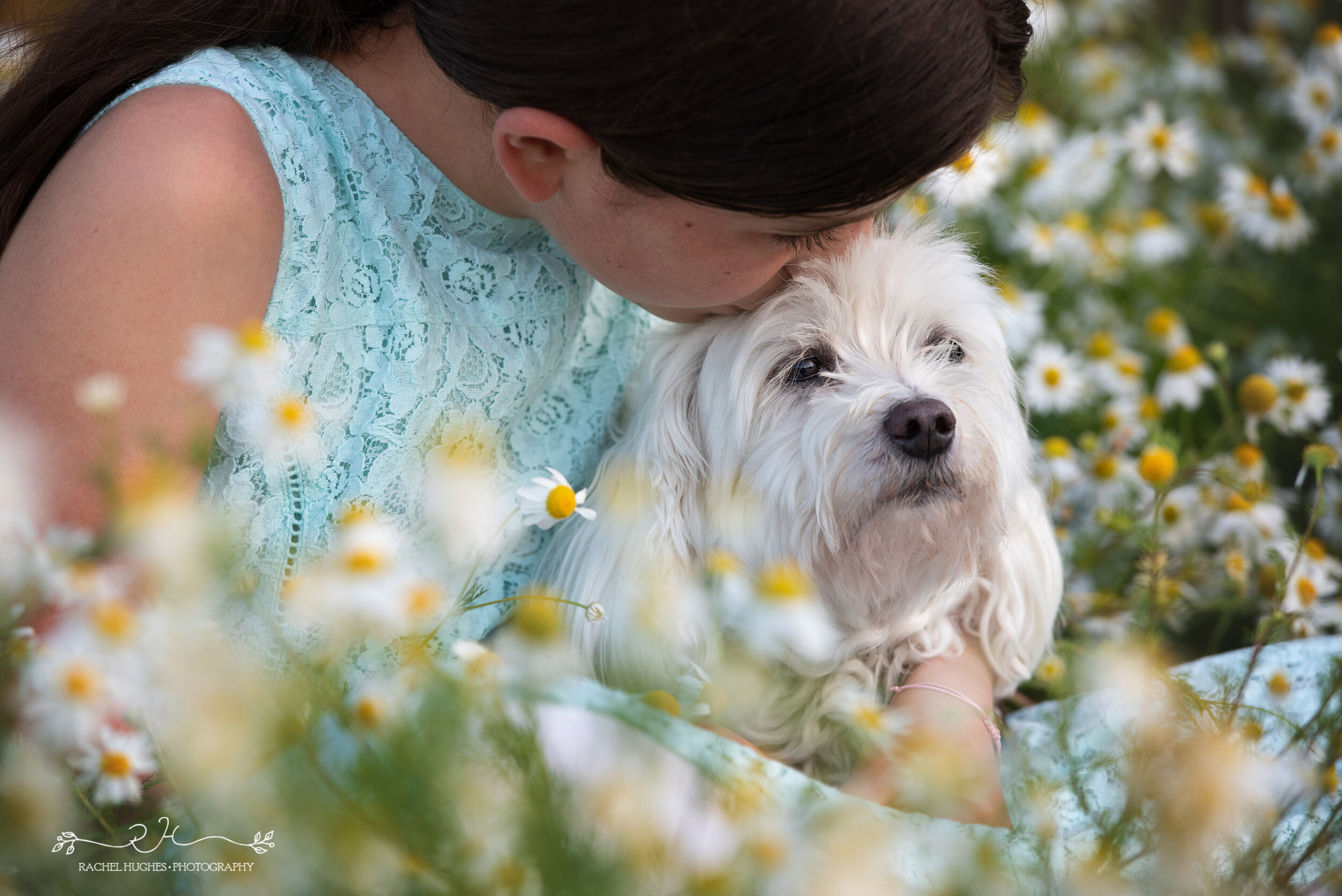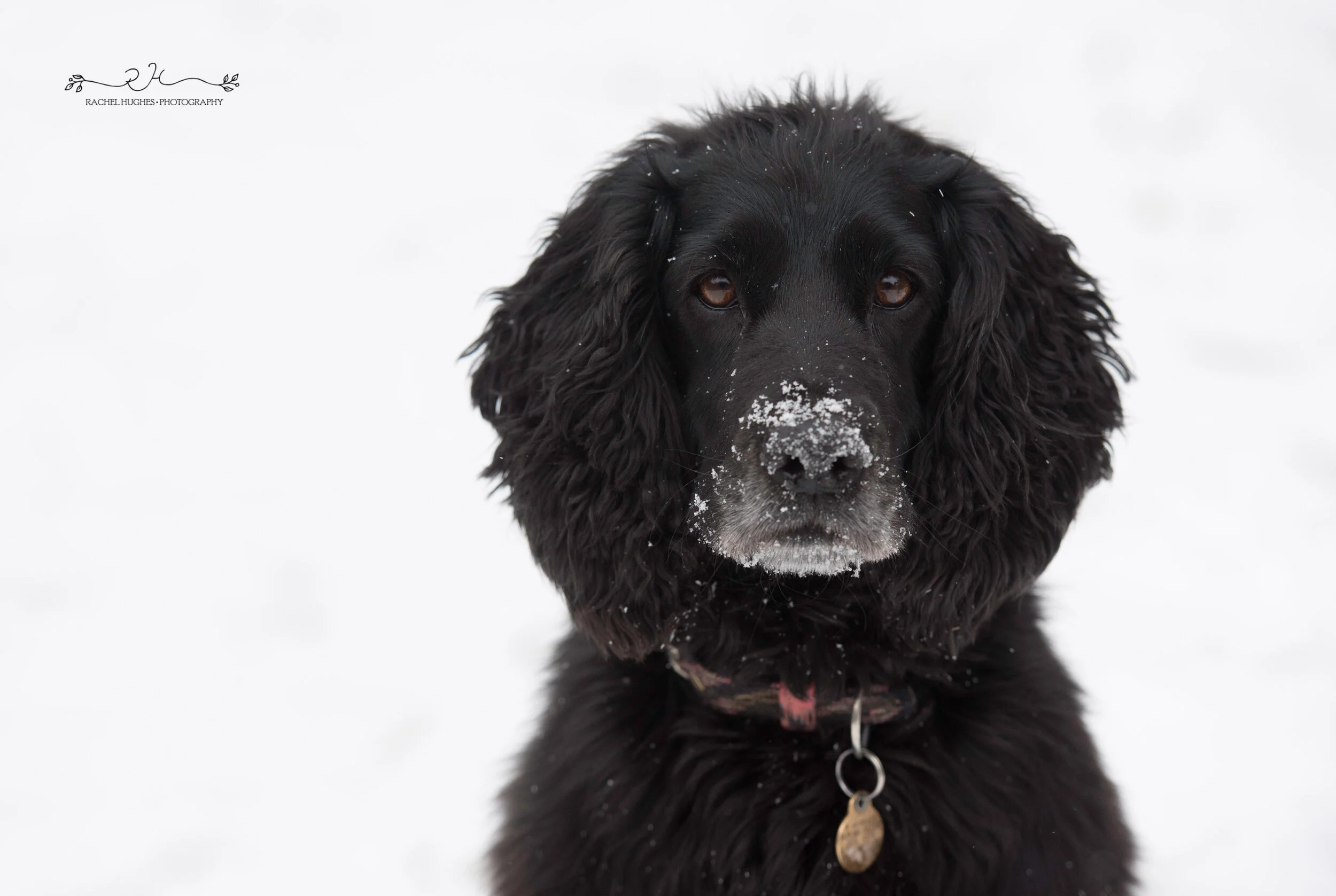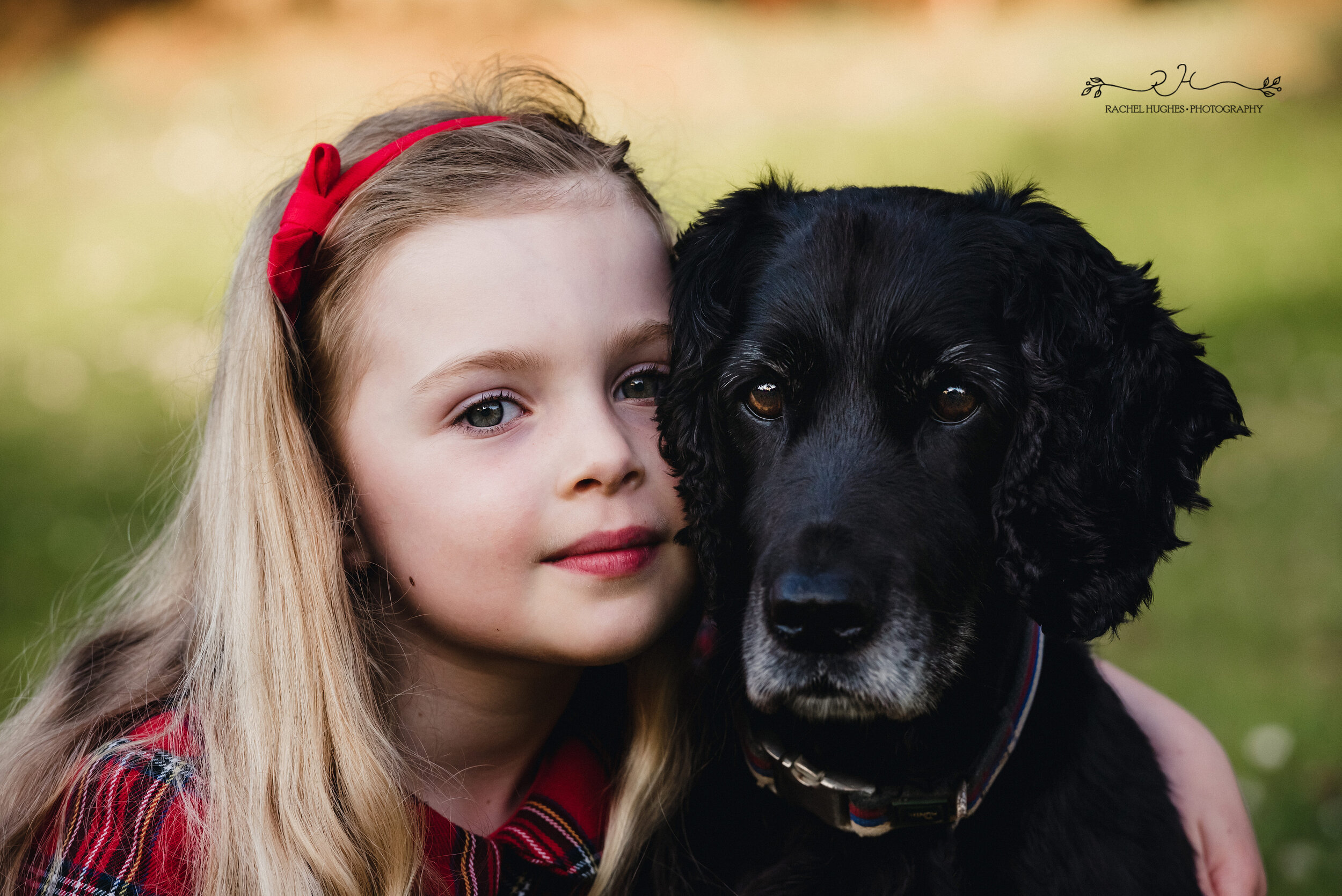My top ten tips on how to photograph your dog during lockdown
As featured in…
If you’re lucky enough to be in lockdown with a wonderful dog at the moment, what better opportunity to try and get some beautiful photos of them.
With a dog of my own, I know how much I have loved getting to spend this extra time with my pet. We have a black working cocker spaniel, called Willow, who often gets mistaken for a black labrador puppy. She is sweet, incredibly loving and affectionate. She loves nothing more than being with her pack and evening snuggles on the sofa, and has unbelievable patience with our kids. Her worst habit is hiding everyone’s shoes; her best habit is her ability to know instinctively if you are unwell or upset, and to nuzzle in anxiously to check on you. On walks she is as energetic and cheeky as anything, which is why she has been an amazing subject for me to practice photography on fast pets!
Sadly, because dogs don’t live as long as us photographs of them are hugely important for capturing all the lovely memories. I realised recently that because I had been so busy with client work, I had not taken many photos of our gorgeous Willow and she is starting to go a little grey around the muzzle (that might be the stress of having the kids around so much!). So lockdown has been the perfect opportunity to shower lots of attention on her, and take some heartfelt pictures.
As a photographer in Jersey, I thought it would be useful to share some of my top tips on how to photograph your dog well. You can take these photos whilst in your garden or on your daily walk.
1) Camera kit
My ideal lens for photographing dogs is a zoom lens. My favourite professional lens, which I bring on all my dog photoshoots, is a 70-200mm f/2.8 lens; this is perfect for capturing action shots from far back, as well as beautiful portraits with lots of softness in the background thanks to the low 2.8 aperture.
If you have a DSLR camera that can do ‘back button focus’, look this up in your camera manual. This is a great way to improve your hit rate on shots. It takes a little bit of getting used to, but is a game-changer for fast-moving subjects!
I don’t use flash, as it can be unsettling for dogs and I prefer the look of outdoor natural light.
2) Accessories
When photographing your dog be prepared to get dirty, as you will be kneeling and lying on the floor to get the best shots. I would suggest you wear clothes you don’t mind getting grubby, or waterproof trousers if it’s a wet day.
Treats can be super useful if your dog is reward-driven, and you’d like them to stay still or follow a command for a particular shot.
Having something that your dog really loves (e.g. a ball) can also be handy - hold it just above or to the side of your lens, or move it around the lens, to get different expressions from your dog.
The noise of a squeaky toy when they least expect it can make for one of my favorite shots. Ensure the dog is calm and looking at the camera, then give the toy a squeak behind your back. They will look straight at you and cock their head to the side to try and figure out where the noise is coming from. Be quick with your shot!
Having an assistant with you can be a great help, whether it is holding the dog whilst you back away for a shot before they are released, throwing a ball, or making noises behind you to get their attention.
3) Get down to dog level
One of the best tips for photographing your dog well is to get down to their eye level. This is why I am usually found kneeling or lying down on the beach or forest floor to get the most beautiful and emotive shots.
4) Get portraits first
If you want to get some beautifully still portraits of your dog, I’d recommend taking these photographs first, so that they are not panting from the exertion of running around and their tongue is then hanging out!
5) Focus on the eyes
They say eyes are the gateway to the soul, and so you should always make sure they are in focus. It’s easy to miss the eyes, and get their nose in focus instead, if they are looking straight at you. To achieve sharp focus it’s best to use a single focus point on your camera that you can move within the frame to sit exactly on one of the dog’s eyes as you take the shot.
I have been known to balance a treat on the top of my lens hood to ensure the dog is looking straight at me!
6) Capturing your dog on the move
Capturing a dog mid-air is probably the hardest thing to photograph, as they can be very, very fast (especially if you have a spaniel like mine!). Problems include them running fast towards you and filling too much of the frame, you missing the focus, or you getting the shot but because of the way their ears are flying and their teeth are bared they look terrifying in ways you would not normally notice! There is certainly a bit of luck to it….
To increase your chances of getting a good shot of your dog moving fast, try the following:
Don’t zoom in too much, you can always crop the photo later
Position your camera’s focus where you think the dog’s head will be, so that you are ready when you release the shutter
Use a fast shutter speed. My shutter speed never goes below 1/500 sec on a dog photoshoot, and I ramp it up to 1/1000sec if they are running or jumping. Be aware that as you increase your shutter speed you will let less light into your camera, so you may need to increase your ISO to compensate
Use a small group of auto-focus points on your camera, instead of a single focus point, to give you a better chance of sharp focus
Have your camera set on ‘sports’ mode or continuous focus / tracking mode
Use the burst mode on your camera to take a sequence of fast shots to increase the odds of getting a perfectly-timed shot.
7) Photographing black dogs
It can be tricker to photograph black dogs, as your camera can struggle to pick up all the detail in their fur and they can end up looking a bit like a black smudge with eyes!
The best tip for photographing them is to look for soft, even light. So find shade, choose a cloudy day, or photograph them early in the morning or late in the evening during the ‘golden’ hour, with the light angled slightly to the side of them.
I also tend to underexpose my shot for a dark-coloured dog, to ensure the camera picks up the detail. If you have an editing program, you can always increase the exposure on just the dog when you come to edit the photo.
8) Capture the feeling
The bond between owners and their pets can be a truly beautiful thing to photograph. Make sure you use an aperture setting that will keep both the dog and owner in focus (e.g. f/5.6), and then just wait until a natural moment unfolds.
9) Natural light and blurry bokeh
A good background can make the difference between an average shot and a great shot. Choose a background that is not distracting, and set your camera to a small aperture number (e.g. f/2.8) to give your background that lovely dreamy look. If mother nature is giving you beautiful soft sunlight or stormy skies, incorporate this into your photograph too to make your photo have the ‘wow’ factor.
10) Be patient and make it fun
If your dog sees the time you are photographing them as fun, and not a task, then you will get shots that reflect them at their happiest. Not only this, but they are likely to interact with you for longer and are less likely to go padding off to investigate and sniff.
Have fun together, and I hope this blog has given you some helpful tips to capture your gorgeous four-legged friend at their very best! xxx





